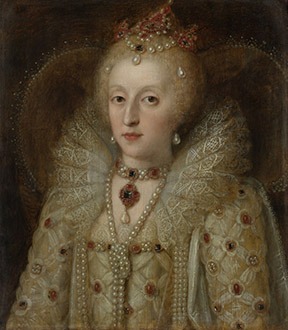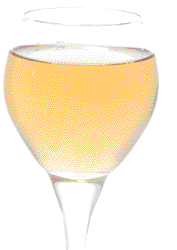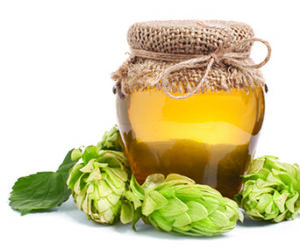The Queen’s Mead Recipe
OG = 1.073 FG = 0.998 ABV = 9.8%
Bitten by the meadmaking bug during the pandemic, Paul Crowther set out to make a historic mead. Not just any mead steeped in history, but one said to have been enjoyed by Queen Elizabeth I and possibly created by ancient Celts who occupied Britain more than 1,000 years earlier.
Ingredients
2.8 lbs. (1.5 kg) raw wildflower honey
1 gallon (3.8 L) water
0.15 oz. (4.3 g) briar leaves
0.15 oz. (4.3 g) thyme
0.075 oz. (2.1 g) rosemary
0.037 oz. (1 g) bay leaves
0.037 oz. (1 g) powdered mace
0.037 oz. (1 g) powdered cloves
Yeast nutrient (optional)
White Labs WLP013 (London Ale) or Mangrove Jack’s M15 (Empire Ale) yeast
Step by step
Boil the briar leaves, bay leaves, thyme, and rosemary in the water for 30 minutes. Leave the water to cool to 68 °F (20 °C) and then strain out the herbs. Add the honey to the water and mix well. Try to float a small hen’s egg in your must. If it does not float add more honey until it does. Alternatively, ensure gravity is at least 1.073. Decant the must into your fermenting vessel.
At this point, you have the option of adding 1 tsp. of yeast nutrient. This will make the recipe less historically accurate, however will aid the fermentation process greatly.
After three days pour the mead back into a pot and boil for five minutes. Either decant back into a clean fermenting vessel and pitch yeast as per the manufacturer instructions or for a more historically accurate recreation, if you homebrew beer, ensure you have a batch of ale fully fermented and ready for racking. Rack your beer and then decant your mead directly onto the ale trub. If using the trub method, after three days rack the mead back into a clean fermenting vessel. Once in fermenting vessel add the cloves and mace. Wait for the mead to ferment fully and bottle. Bottle age for at least six months before drinking.
Notes
The finished beverage is light and refreshing, dry with herbal and floral notes dancing across the palate. It’s the color of pale straw or a sunrise just before the sun breaks the horizon. I first brewed this recipe a year ago and have still got five bottles stashed away in a corner of my garage — I suspect it will only get better with age.
I can imagine sitting in Butler’s bee garden, sharing a bottle whilst he excitedly tells me some interesting bee-related fact, or perhaps in a wattle and daub roundhouse passing around a horn with some Celtic tribesmen. I’ve become a part of this 1,500 years of history through making this mead, and if you choose to remake it you will be too.
Written by Paul Crowther




